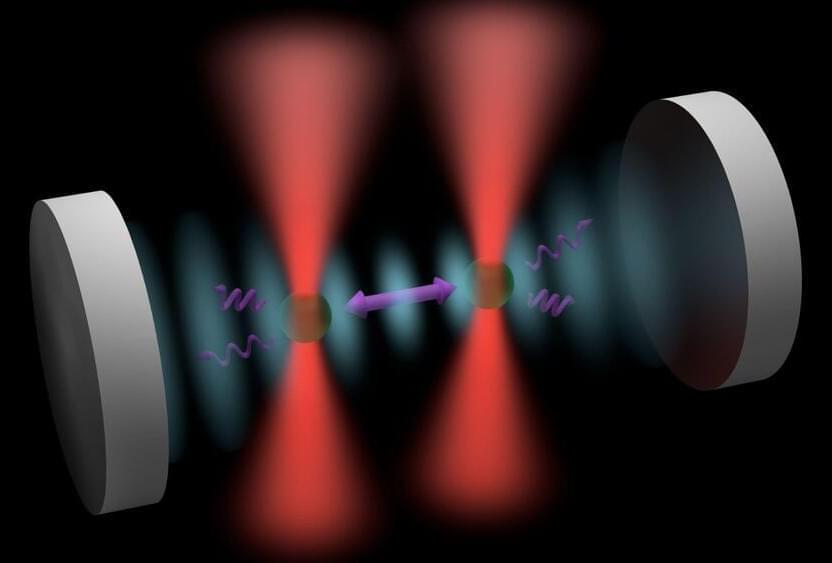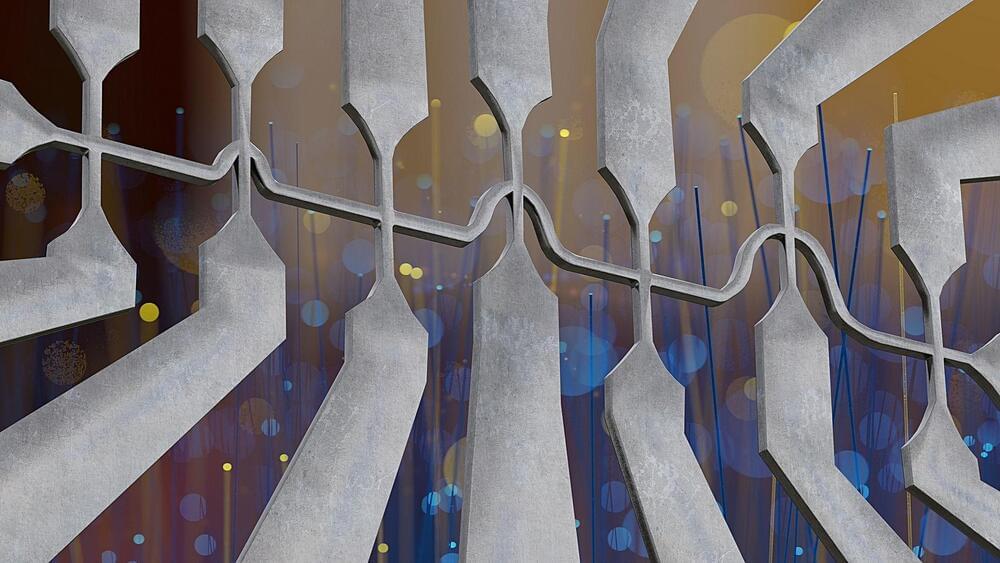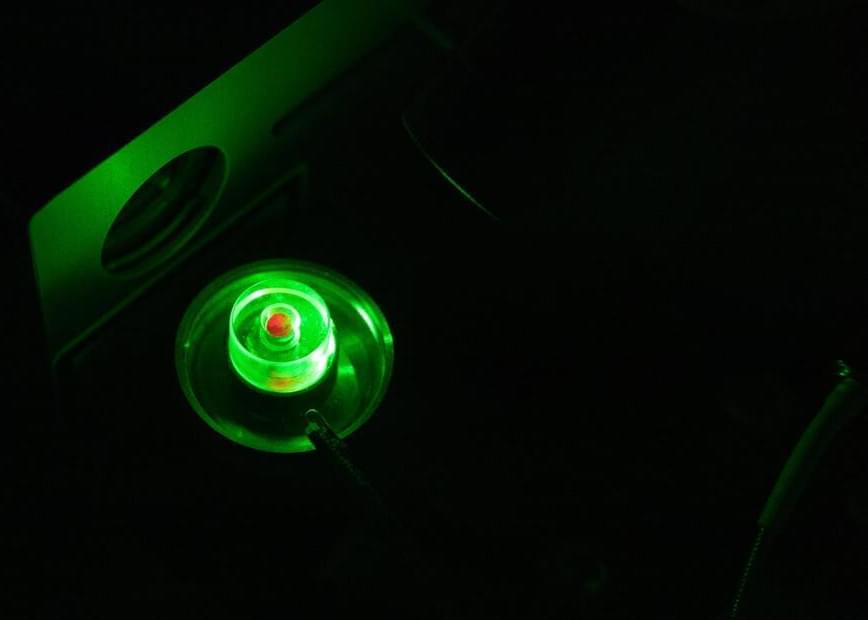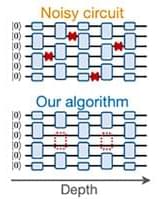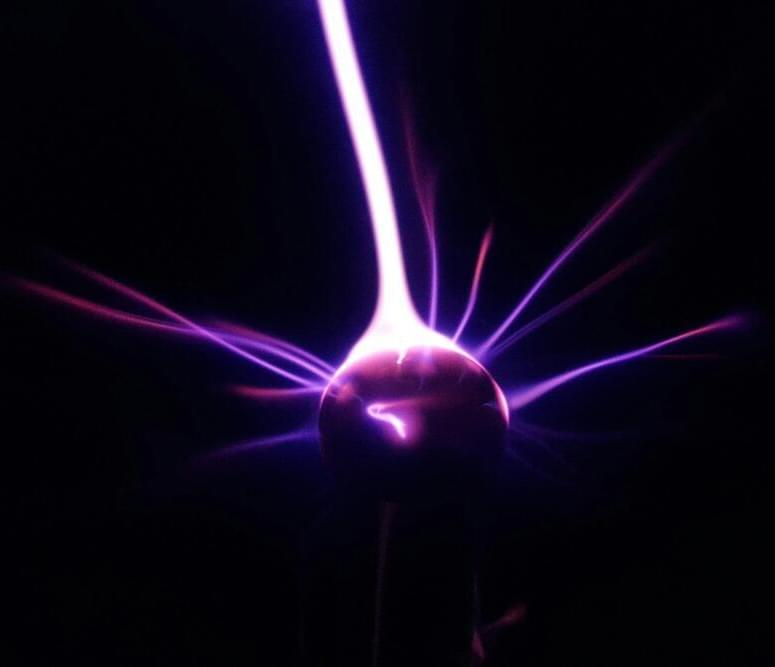Enhancing quantum features compensates for environmental losses, amplifying particle interactions, achieving entanglement at higher scales.
One of the oldest topics of contemporary science is where to draw the line between classical and quantum physics.
Abstract
The ability to engineer cavity-mediated interactions has emerged as a powerful tool for the generation of non-local correlations and the investigation of non-equilibrium phenomena in many-body systems. Levitated optomechanical systems have recently entered the multi-particle regime, with promise for using arrays of massive strongly coupled oscillators for exploring complex interacting systems and sensing. Here, by combining advances in multi-particle optical levitation and cavity-based quantum control, we demonstrate, for the first time, programmable cavity-mediated interactions between nanoparticles in a vacuum. The interaction is mediated by photons scattered by spatially separated particles in a cavity, resulting in strong coupling (Gzz/Ωz = 0.238 ± 0.005) that does not decay with distance within the cavity mode volume. We investigate the scaling of the interaction strength with cavity detuning and inter-particle separation and demonstrate the tunability of interactions between different mechanical modes. Our work paves the way towards exploring many-body effects in nanoparticle arrays with programmable cavity-mediated interactions, generating entanglement of motion, and using interacting particle arrays for optomechanical sensing.
